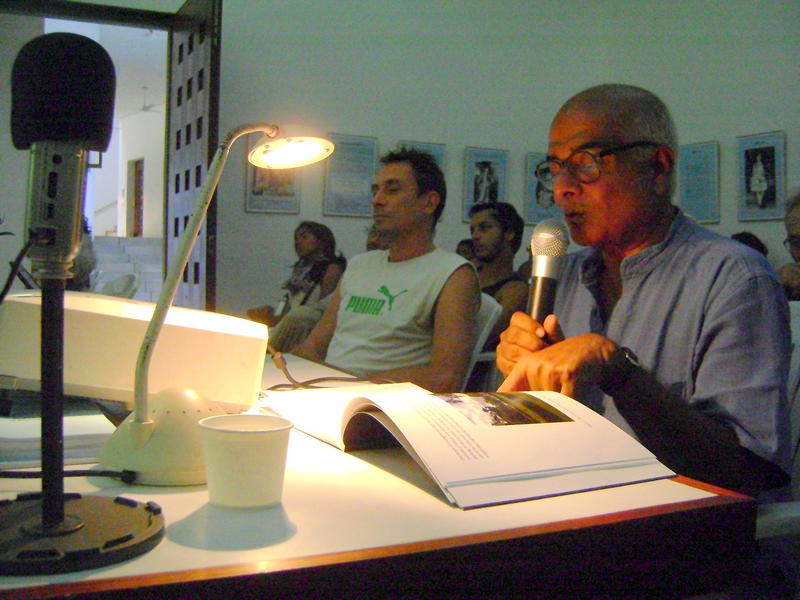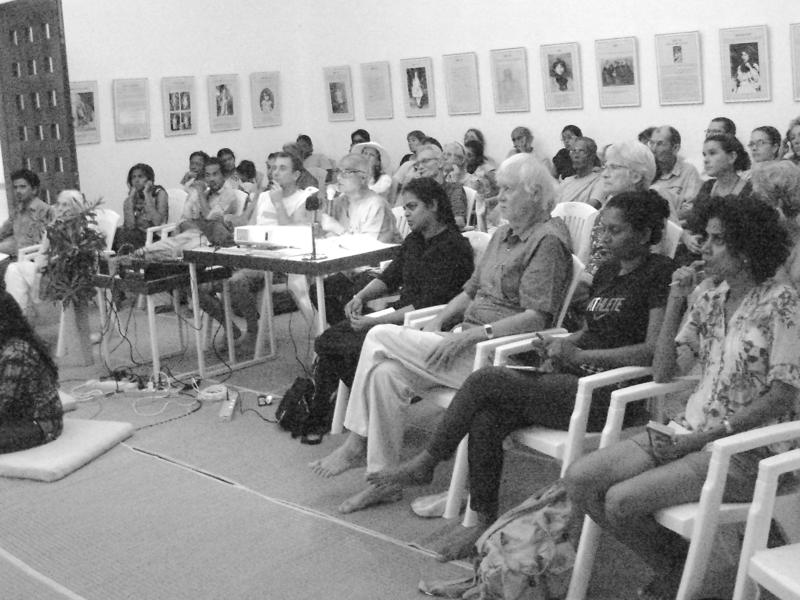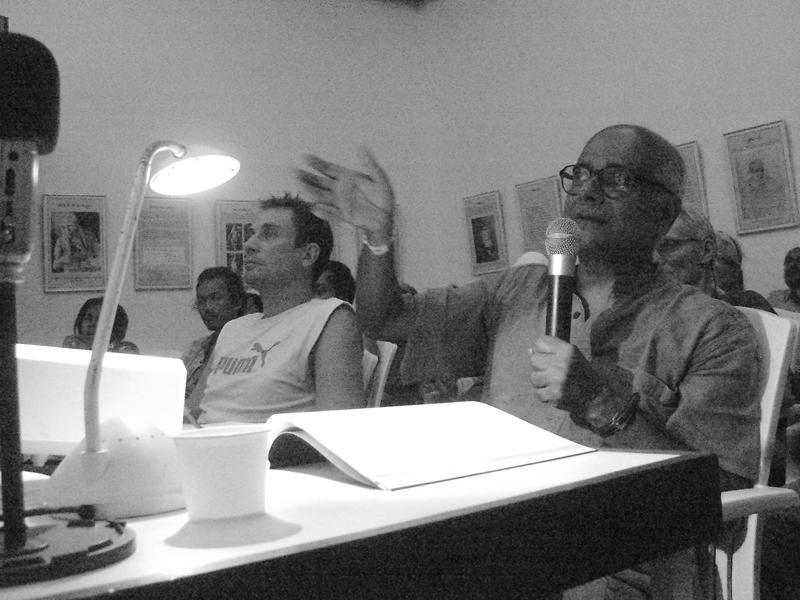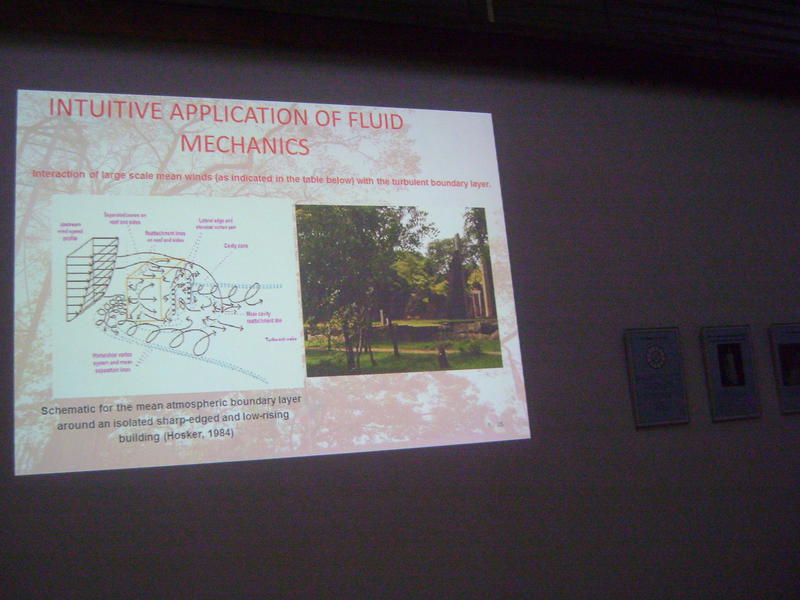The Sustainable Anuradhapura
Yesterday’s talk on ‘Buddhist Building Traditions for sustainable living in the ancient city of Anuradhapura, Sri Lanka’, at Savitri Bhavan by Dr. Satyajit Ghosh witnessed the usual enthusiastic response from the Auroville Community of Architects, students, volunteers and people related to water resource management and energy mobilization in built-up spaces. The talk was dedicated to the memory of Nirodbaran, who had Buddhist origins and mentored Dr. Ghoshs sadhana up to the end of his life.
Dr. Ghosh introduced the ancient city of Anuradhapura with one of his favorite quotes ‘Architecture is inhabited sculpture.’
Anuradhapura was established as the first capital of Sri Lanka in the 4th century BC and continued to remain so, for nearly ten centuries. The study showed the comparison between the schemes of natural ventilation in the dormitories of the Jetavana Vihara and the Great Brazen Monastery, which were monuments of high historical significance. Other than being UNESCO acclaimed world heritage sites, The Great Brazen Monastery is arguably the worlds first sky-scraper, built in 100 BC and which could be also considered the first example of ‘Proportionate architecture’ (61 x 61 x 61). The study included detailed research on how the Buddhist architects of one thousand years ago assured the comfort of the monks of Anuradhapura through the control of air and water flow through the buildings. The fact that the city won fame for being the pioneer of hydraulic air-conditioning in the ancient world was proved through his in-depth technical research. The connection between micro physics and architecture was then elaborated by Dr. Ghosh. The study also threw light on the Envimet simulation software developed, where the latitude and longitude details of a location could generate the required solar transmission and other wind details of the place. Further explanation was on another system used for determining thermal comfort – PMV (Predict Mean Vote), which concluded that the Jetavana Vihar was a building of a relatively low thermal mass compared to the Great Brazen Monastery. The tremendous efforts and the intelligence of the Buddhist architects was highlighted through the study of water reservoirs and their linkages across Anuradhapura, as well.
The 75 minute talk culminated with a Q & A session and the research published in the form a book – ‘Idioms of Sustainability in ancient Anuradhapura’ was kept open for purchase, with the leads contributed to Savitri Bhavan.




